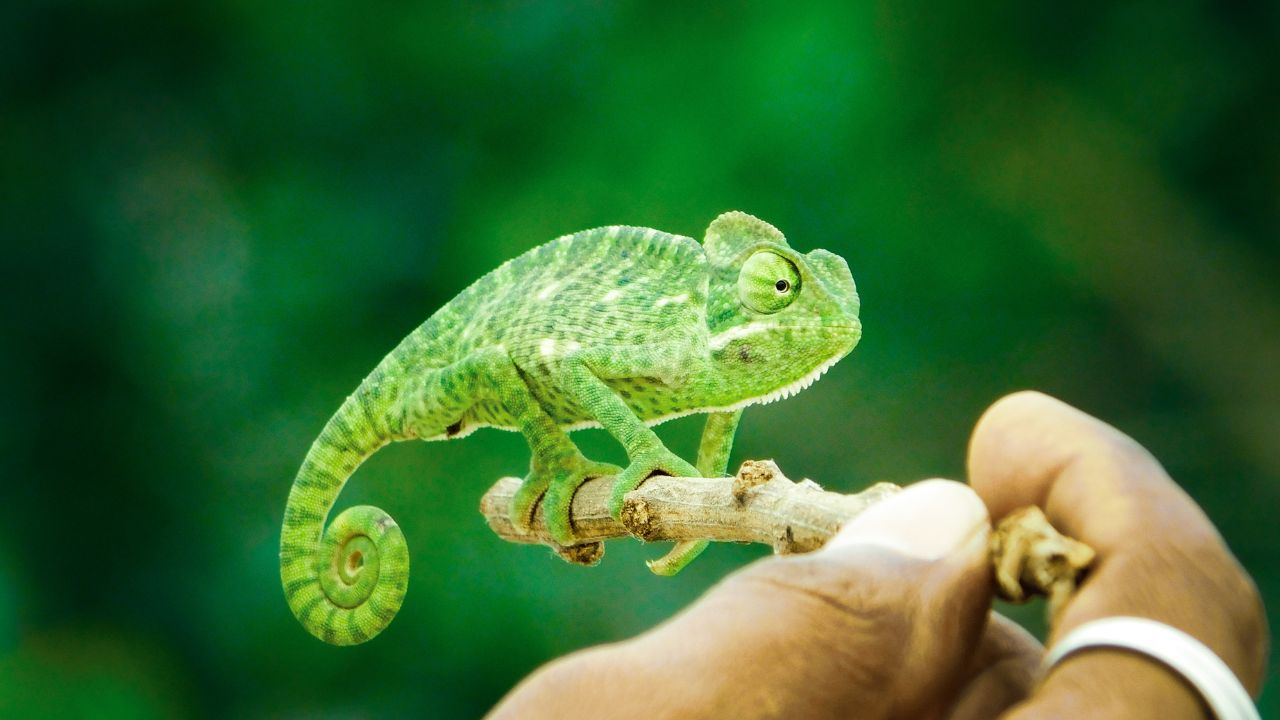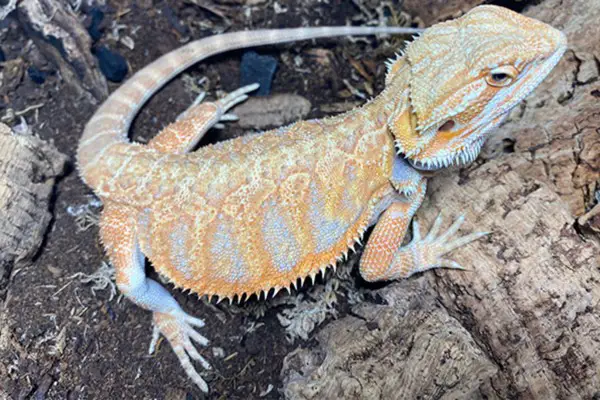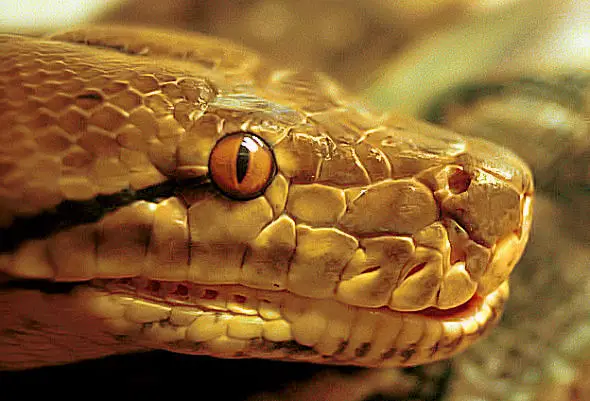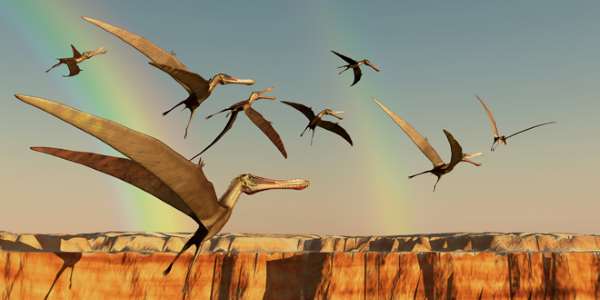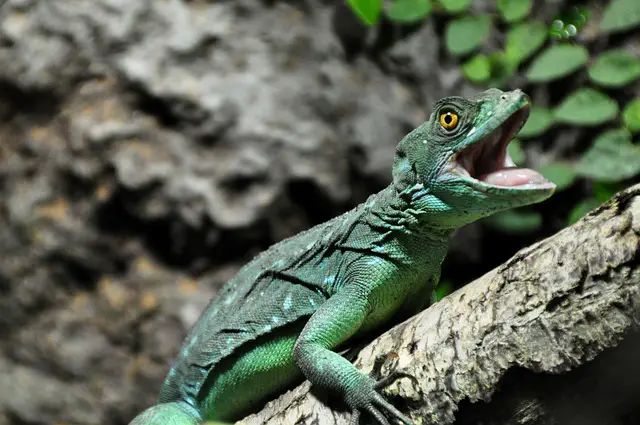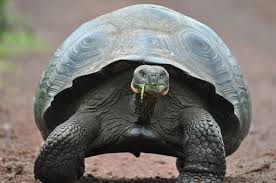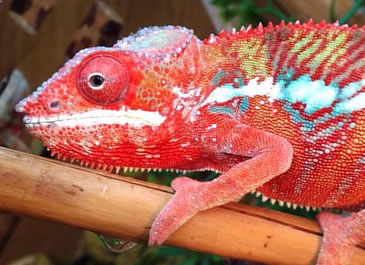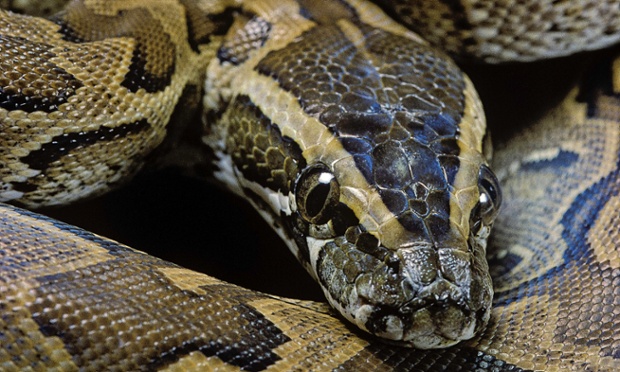Category: Reptiles
Reptiles are those cold blooded air-breathing vertebrates, which are neither birds nor mammals, that lay eggs which are membrane-protected and fertilized within the mother's body.
-
Which pet lizard is right for me?
Bringing a lizard into your home is an exciting decision, but choosing the right one requires careful thought. Unlike traditional pets, lizards have unique care requirements, and not all species are suitable for every owner. Some are low-maintenance and thrive in simple enclosures, while others need precise humidity levels, UVB lighting, and specialized diets. Before…
Written by
-
Does CBD work for pets?
CBD, one of the main derivatives of the cannabis plant, is believed to have a lot of medicinal benefits for humans. These benefits range from pain to anxiety relief. Epidiolex, a CBD drug, is FDA-approved for the treatment of seizures. With human use of CBD becoming more popular, pet owners and veterinarians have begun to…
Written by
-
What’s the easiest lizard to keep as a pet?
There are many subjects of debate within the herpetological community: whether reptiles are capable of being affectionate, what kind of substrate is best, which morph is the coolest. The question of what is the easiest lizard to keep as a pet, however, is not one of them. Bearded dragons are extremely popular and widely regarded…
Written by
-
Top 4 Most Dangerous Snakes That May Be Lurking In Your Home
Snakes aren’t the ideal pets for a lot of people. Although many of these reptiles are relatively docile, some snakes are worth calling professional animal control services. So, the first step to preventing unfortunate incidents involving these “serpents” from taking place is to differentiate the aggressive and poisonous breeds from their peaceful cousins. Continue reading…
Written by
-
Why Do Dogs Eat Grass?
Many dog owners become quite puzzled when they see their canine eating grass. Why do dogs eat grass? It is a common misconception that if you see your dog eating grass, that means they have a stomachache. In addition to this, according to the American Kennel Club, no matter how balanced a diet you are…
Written by
-
CBD for Dogs: A Pup Parent’s Guide to CBD Products
Every mammal has an endocannabinoid system. That means that the CBD products which have so many benefits for humans also affect our beloved canine and feline friends too. Many CBD companies have started to market a specific line geared toward pets. These treats contain things that animals crave such as peanut butter, apples, granola, and…
Written by
-
5 Alternative Ways to Treat Your Dog’s Anxiety
Anxiety in dogs isn’t uncommon, but it is hard to treat. Unlike humans, you can’t just talk to your dog about what’s bothering him. You have to pick up on subtle clues, and from there, make the best decision about a plan of treatment. While your first step for dealing with your pet’s anxiety should be…
Written by
-
Reticulated Python Facts | The World’s Longest Snake
The reticulated python (Python reticulatus) is the world’s longest and one of the heaviest snake species. While python is nonvenomous it is nevertheless dangerous to humans having been involved in quite a few incidents. The most recent one occurred in March 2017 in Indonesia where a 23-foot reticulated python killed and swallowed a 25-year-old farmer.…
Written by
-
Pterodactyl Facts | A Prehistoric Flying Reptile
The pterodactyl is a generic term which people use to refer to a flying reptile Pterodactylus antiquus or Pteranodon. Interestingly both these flying reptiles were not closely related. The term pterodactyl is not a scientific term. Sometimes the word pterodactyl is used for pterosaurs. Let us use the term ‘pterodactyl’ the same way people use…
Written by
-
Basilisk Lizard Facts | Anatomy, Diet, Habitat, Behavior
The common basilisk (Basiliscus basiliscus) is one of the most familiar lizards in Central America. There is a prominent crest on its head and back that separates it from the rest of lizard species. The common basilisk is an expert climber and swimmer but it is known for running bipedally on the water surface—probably the…
Written by
-
Galapagos Tortoise Facts | Anatomy, Diet, Habitat, Behavior
The Galapagos tortoise (Chelonoidis nigra) is the world’s largest tortoise species. It is also called Galapagos giant tortoise. The tortoise is typically found in the Indian Ocean and Galapagos west of Ecuador. Giant Galapagos tortoises are mainly recognized by their large bony carapaces which are brown in color. Galapagos Tortoise Facts Anatomy The Galapagos tortoise…
Written by
-
Panther Chameleon Facts | Anatomy, Habitat, Diet, Behavior
The panther chameleon (Furcifer pardalis) is a subspecies of chameleon and it is usually found in the rainforests of northern and eastern Madagascar. Males are likely to be twice in length as compared to females. The body is a combination of many different colors and it mainly depends on the location and habitat. Panther Chameleon…
Written by
-
Crested Gecko Facts | Anatomy, Diet, Habitat, Behavior
The crested gecko (correlophus ciliates) is a gecko species that is typically found in the rainforests of southern New Caledonia. The gecko was long thought to be extinct until in 1994 when it was rediscovered. It is closely related to gargoyle gecko. Like many other lizards the crested gecko is also nocturnal. They live into…
Written by
-
Diamond Python Facts | Anatomy, Diet, Habitat, Behavior
The diamond python (morelia spilota spilota) is a medium-size snake and that is typically found in the coastal habitats of southeastern Australia. It is a subspecies of carpet python. Diamond pythons are one of those snakes that occur at high elevations. The isolated population is also found in New South Wales. Diamond Python Facts Anatomy…
Written by
-
African Rock Python Facts | Anatomy, Diet, Habitat, Behavior
The African rock python (Python sebae) is one of the 11 python species that is found in the forests of sub-Saharan Africa. It is the largest snake in Africa. The northern population is bigger than the southern pythons. It can eat medium-size animals up to the size of crocodiles. Although the python is not really…
Written by

